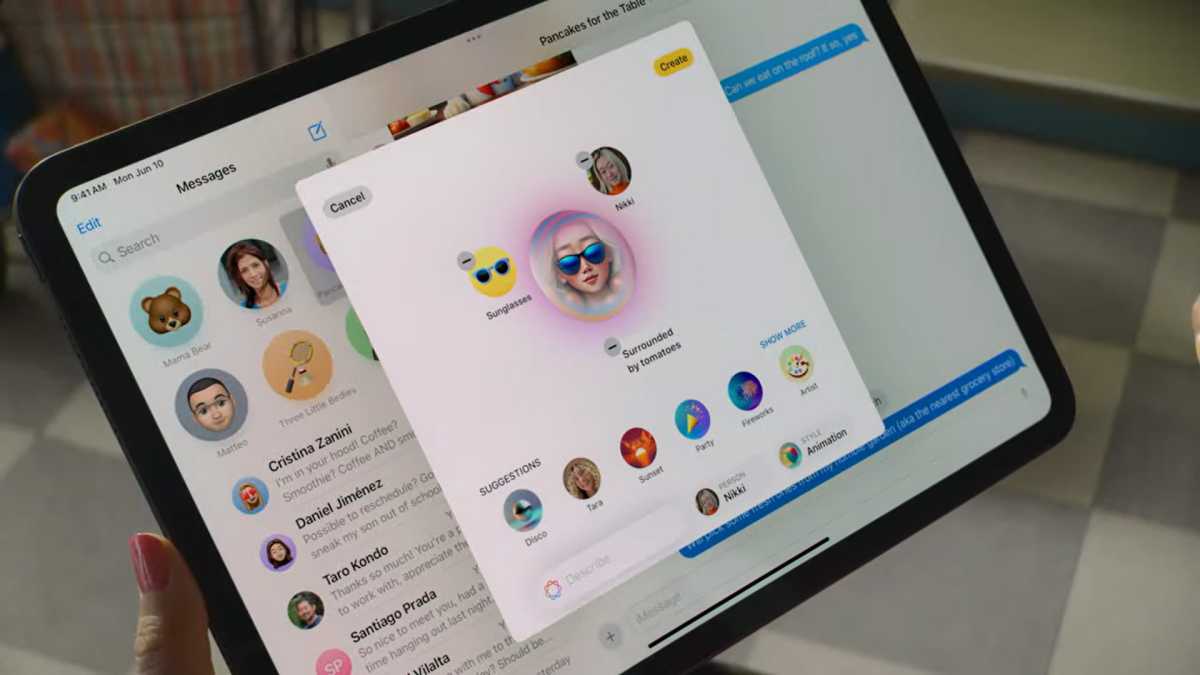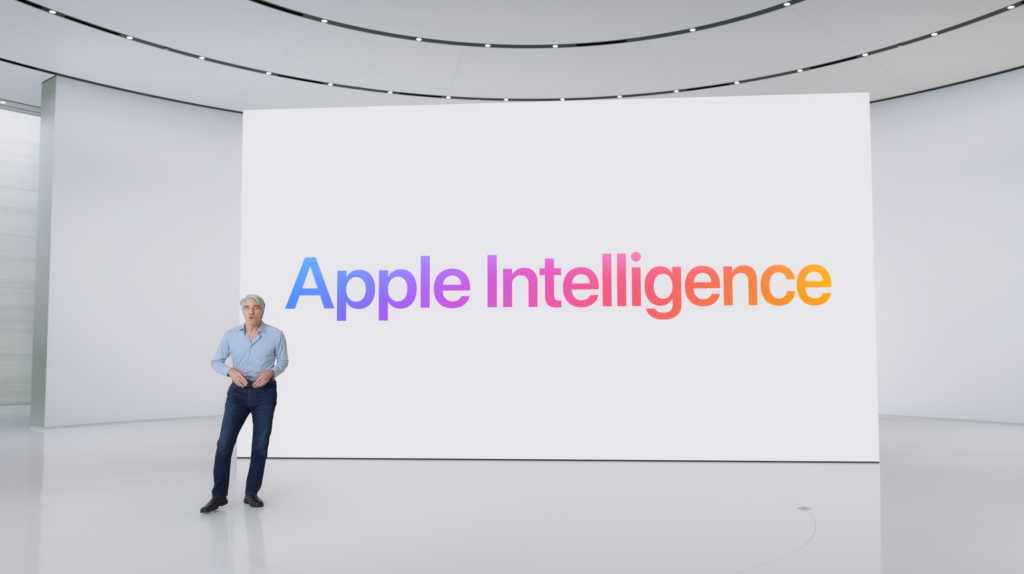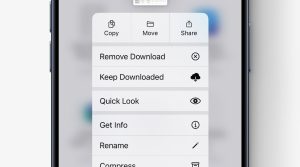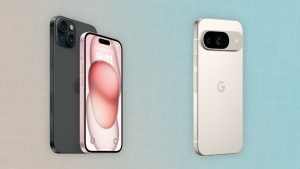
Last month I stepped into the breach to bravely defend a trillion-dollar corporation from social-media criticism: I felt that viewers of Apple’s new “Crush” iPad ad were being hypersensitive and overly literal in ascribing to it motives of contempt for creatives. But no good deed goes unpunished.
First, Apple inconsiderately apologized for the ad that I had said was fine, and conceded that it had “missed the mark.” (Thanks a lot, guys!) And then the company announced a series of AI features at WWDC that don’t just imply contempt for the creative professions, they shout it from the rooftops.
Over the past couple of years, it’s been pretty difficult to ignore the march of generative AI, with the world and his wife rushing to write sub-Vice think pieces about how much ChatGPT and its ilk have revolutionized the way they work or study. But the technology is likely to have loomed particularly large for illustrators freelance writers and copy editors, many of whom report that work is already drying up as clients cut costs by using AI options instead. To add insult to financial injury, they’re sure to be called Luddites any time they dare to complain about the situation; it must be tempting to emulate their 19th-century counterparts and smash a few looms.
How galling, then, for Apple–a company which only last month claimed contritely that it wants to “empower creatives all over the world”–to now add its products to the army of digital looms churning out text and art with no human input required. Once Apple Intelligence rolls out later this year, the iPhone, iPad, and Mac will all be able to rewrite your emails for you or make images and custom emojis based on your photos and prompts. To which one can only respond: hooray.
I will gloss over the text side of things since as a writer I have something of a conflict of interest. (I mean, I wasn’t planning to come to your house and rewrite your emails. But the technology in the broader sense will inevitably be used to reduce the number of people employed as professional writers and copy-editors, or to replace them with others who are less experienced and therefore cheaper.) Let’s focus instead on the art. The crappy, crappy art.
 Oh, you want your artwork to look like the icon for a free iPhone game? That’s handy.
Oh, you want your artwork to look like the icon for a free iPhone game? That’s handy.  Oh, you want your artwork to look like the icon for a free iPhone game? That’s handy.
Oh, you want your artwork to look like the icon for a free iPhone game? That’s handy.
Apple
 Oh, you want your artwork to look like the icon for a free iPhone game? That’s handy.
Oh, you want your artwork to look like the icon for a free iPhone game? That’s handy.
Apple
Apple
Because obviously, the art is bad, in the way that almost all AI art is bad: joyless and bland and always somehow the same, in that curiously heightened, uniformly lit CGI manner. (The Macalope observes accurately that the feature can handle anything from “my mom in a cape and costume but remove her soul” to “my friend in front of a birthday cake but remove her soul.”) Anyone who’s spent time using generative AI programs will be familiar with that nagging sense that they ignore instructions such as “in the style of Francis Bacon” or “like a 1950s movie poster” and just blithely produce exactly the CGI monstrosity you were always going to get. It’s a little like that old British beer advert about a barber who does haircuts in the style of Lionel Blair.
“But Lionel Blair doesn’t have his hair cut like that,” a customer replies. “He does if he comes here.”
Part of the reason Gen AI is so tedious is its lack of originality. Gen AI cannot create art in the true sense because it has no means to do so; it can only learn from the things in its data set and copy those, to a greater or lesser extent. The art it “creates” has already been created by thousands of human artists. What comes out is a bad photocopy: blended and tweaked enough to avoid falling foul of copyright law, naturally, but fundamentally unoriginal.
Of course, the genie was already out of the bottle when it comes to generative AI, and Apple’s belated entry into the sector doesn’t change much in the short term: Illustrators were already getting undercut (in both price and quality) by AI alternatives, and image-sharing websites were already being flooded by low-effort AI pap. Indeed, it was already possible to use ChatGPT and numerous other gen AI programs on Apple products; there’s even an app for the Apple Watch called Petey.
What’s different about this is the way that Apple is bringing it in-house: making it official, and giving it the stamp of approval. Until now Gen AI has always seemed a little grimy, a little controversial. But if good old wholesome Apple thinks it’s worthy of a place on the iPhone? It must be fine. And before long our least tech-savvy relatives will be noticing the feature on their iPads and getting in on the craze. Which will be dreadful on an individual level, since the emojis will be bad. But also a further widespread eroding of the idea that custom art is something worth paying for, and yet another nail in the coffin of the creative professions.
In some ways, this is a classic Sherlocking move: that dreaded maneuver where Apple notices the success of a third-party app and replicates it as a free feature in macOS or iOS, thus instantly dooming the smaller company to a fiery demise. In this case, the Sherlocked service is us, the people who use our Apple devices to create things and make art. You know, the people Apple loves so much.
And if that isn’t crushing, I don’t know what is.




